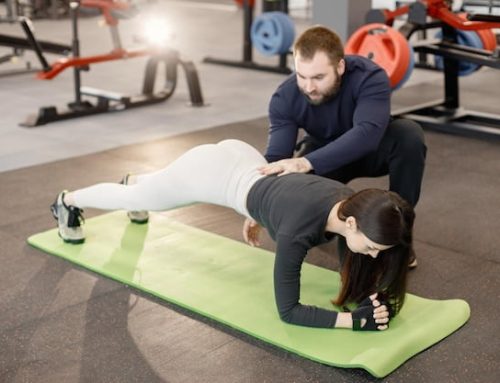Sports-Specific Training: How to Take Your Performance to the Next Level
As an athlete, you know how important it is to train properly in order to compete at your best. But did you know that sports-specific training can take your performance to the next level? By tailoring your workouts to the demands of your sport, you can improve your strength, endurance, agility, and overall athletic ability.
What is Sports-Specific Training?
Sports-specific training involves designing workouts that mimic the movements and demands of your particular sport. For example, a basketball player might focus on footwork, agility, and vertical jump training, while a soccer player might prioritize endurance, speed, and ball control drills.
The Benefits of Sports-Specific Training
There are many benefits to sports-specific training, including:
- Improved athletic performance
- Reduced risk of injury
- Increased confidence and mental toughness
- More efficient use of training time
- Improved sport-specific skills
How to Design a Sports-Specific Training Program
Designing a sports-specific training program requires a deep understanding of the demands of your sport and your individual strengths and weaknesses. Some key considerations include:
- Identifying the physical demands of your sport
- Evaluating your own strengths and weaknesses
- Setting realistic goals
- Selecting appropriate exercises and drills
- Varying your workouts to prevent boredom and plateauing
- Incorporating proper rest and recovery time
Examples of Sports-Specific Training Exercises
Here are some examples of sports-specific exercises you might incorporate into your training program:
| Sport | Exercise |
|---|---|
| Basketball | Lateral cone drills, box jumps, medicine ball chest passes |
| Soccer | Agility ladder drills, shuttle runs, ball control drills |
| Tennis | Side shuffles, jump lunges, medicine ball slams |
| Gymnastics | Handstand push-ups, pull-ups, rope climbs |
The Importance of Proper Form
While sports-specific training can be highly effective, it’s important to remember that using proper form is crucial to preventing injury and getting the most out of your workouts. If you’re not sure how to perform an exercise correctly, seek out a qualified trainer or coach who can help you.
Incorporating Cross-Training
Cross-training can also be an effective way to enhance your sports-specific training program. By incorporating other types of exercise, such as yoga, Pilates, or swimming, you can improve your overall fitness, prevent burnout, and reduce your risk of injury.
Finding the Right Balance
It’s important to find the right balance between sports-specific training, cross-training, and rest and recovery time. Overtraining can actually be counterproductive, leading to fatigue, injury, and decreased performance. Listen to your body, and if you’re feeling overly fatigued or experiencing pain, take a break and allow yourself time to recover.
In Conclusion
Sports-specific training can be an effective way to take your athletic performance to the next level. By tailoring your workouts to the demands of your sport, you can improve your strength, endurance, agility, and overall athletic ability. Just remember to use proper form, incorporate cross-training, and find the right balance between training and recovery time. With dedication and hard work, you can achieve your athletic goals and compete at your best.






